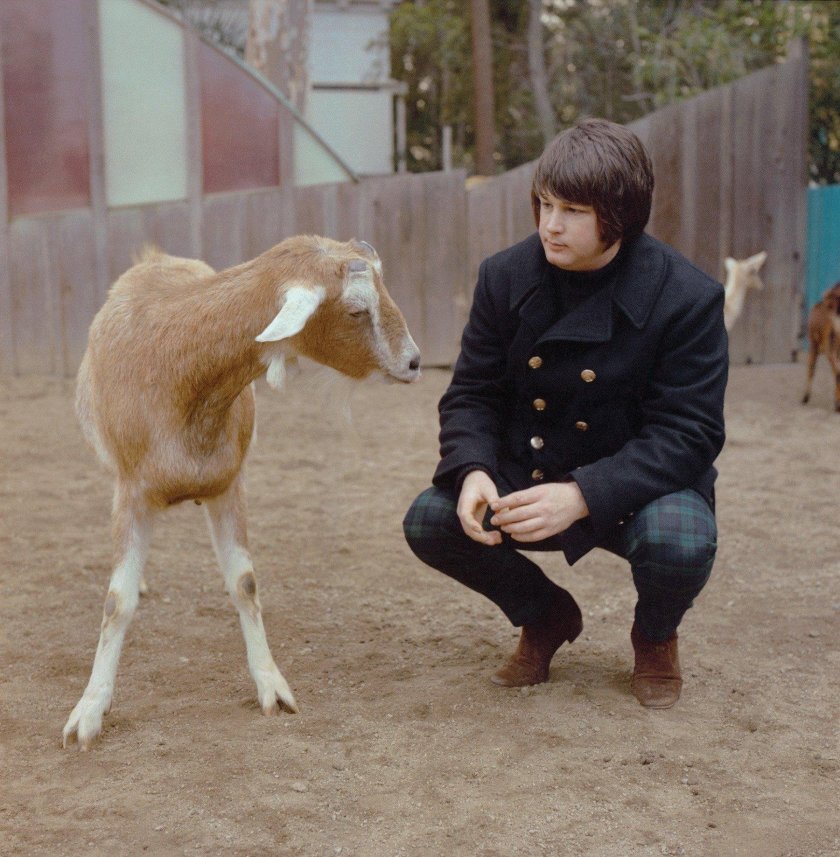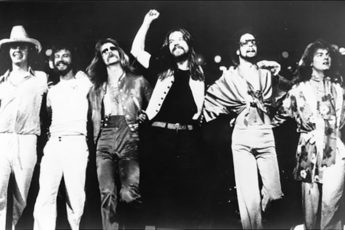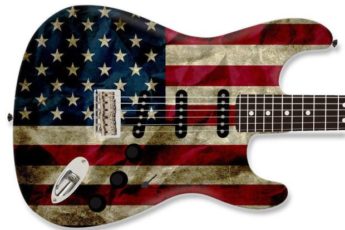
The enigmatic Brian Wilson, known to some as America’s pop Mozart, is properly lauded for creating some of the most complex, multi-dimensional, and convention-challenging compositions in the history of pop/rock music. ‘Don’t Worry Baby’ is not one of those songs. Its enduring genius is no less impressive.
Not that the Beach Boys were ever known for particular guitar wizardry, but the 15-second solo break (from 1:41 to 1:56) must have set a new standard for minimalism, that I doubt has ever since been equaled. My music-educated son, Max, explained to me that what’s played is “a piece of an E chord, and a piece of an A chord,” and that these are “the two most basic chords you’d first learn on a guitar.” Those two snippets are played a total of 17 times, as (in order) “E, E (pause) E, E / A, A (pause) A, A / E, E (pause) E, E / A, A (pause) A, A, A.” Go back and listen to it again. Seriously, that’s it. But do be sure not to miss that all-important one extra “A” fragment substantially jazzing things up at the end just before the 5-part harmonies quickly turn us back to the tune’s final verse. Personnel for the song credits this 2-note “solo” to none of the renowned group but to David Marks – an early member of the Beach Boys who performed on their first four albums in 1962 and 1963 – and is listed as “Possible lead guitar.” It’s believed that Marks ultimately left the band following an argument with Murry Wilson, the Wilson boys’ father and the band’s famously bellicose manager, but I’m not sure one can completely discount the effect of the wording of that credit.
Brian Wilson has cited ‘Don’t Worry Baby’ – incredibly, released as the B-side of the single ‘I Get Around’ – as his attempt to capture the essence of his all-time favorite record, ‘Be My Baby’ by The Ronettes. The similarities are, in fact, unmistakable: In Inside The Music of Brian Wilson, author Philip Lambert notes that “They’re in the same key – E Major – and they start the same, the drums at the beginning are the same rhythm. The phrase structure is the same, and the chord progressions and melodies are also almost the same.” That’s all well and good. But whereas production tycoon and future wig model/murder convict, Phil Spector, chose to insert a pleasing violin line in the Ronettes solo interval, Wilson opted for rock and roll’s least inventive guitar solo ever (“possibly” played by David Marks) which somehow complements this classic perfectly. With due deference to those 15 impeccable and ultra-simplistic seconds, I’d still say my favorite part of the song is from 0:00 to 2:44.
(Wilson’s inspiration)






Cam
October 28, 2019 10:34 pmNice relic Commissioner
Bill G.
October 28, 2019 11:30 pmA specialty of the house.